The impact of cognitive load on service perception
Project: Master Thesis in Service design and Management engineering
University: Politecnico di Milano
Topic: UX research; Behavioural economics; Phycology
Year: 2018
Understanding invisible factors which drive human perception, cognitive biases generated by the human mind can be a valuable source of insight
for companies who want to design competitive services. The thesis focuses on one of the unconscious phenomena which affect our perception of simplicity and can influence our decisions and judgment formation: the cognitive workload.
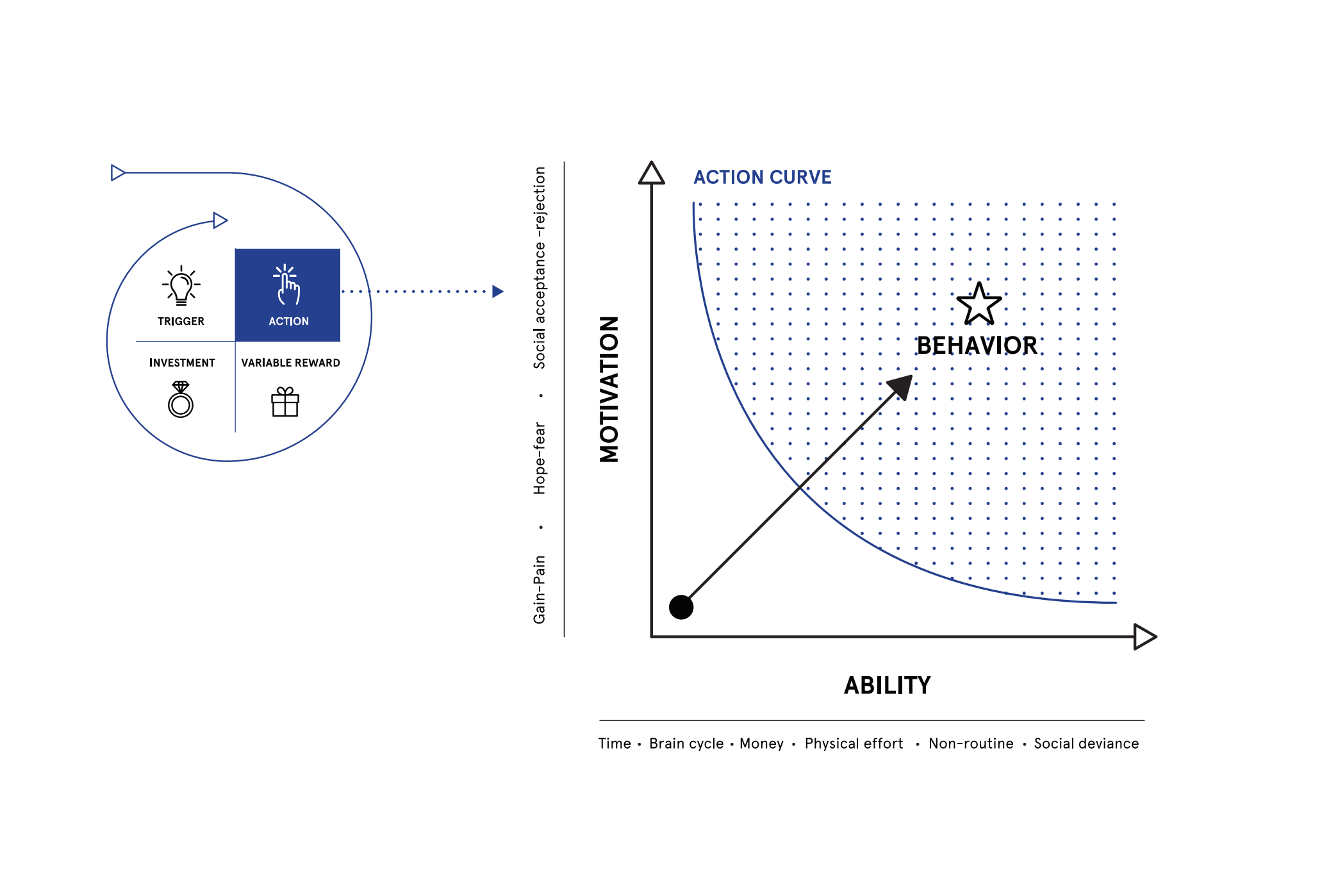
THESIS TOPICS AND OBJECTIVE
People nowadays have the possibility to compare and try different options before selecting the best one, and due to this fact, people's expectations in terms of digital interaction increased. Having a more profound understanding about how people make decisions not only can become a source of competitive advantage, it can actually help to reach the target audience by providing experience users can find more valuable than others. Designing digital experience means dealing with the human psyche, therefore, insight from cognitive psychology may be a valuable support.
Starting from the theories belonging to Cognitive Psychology (Prospect theory, Dual system theory), Behavioural Economics (Hook model, FBM) and service usability (Jakob Nielsen), the thesis wants to investigate the impact of the cognitive workload on service perception-evaluation, being the cognitive load one of the elements affecting the learning process and thus, the usability (Sweller J, 1991, Nielsen J, 2012). Perception, judgment formation and learning process overlap during the first usage of a product/service and their collusion determines whether a person would be interested in using the service or would be not.
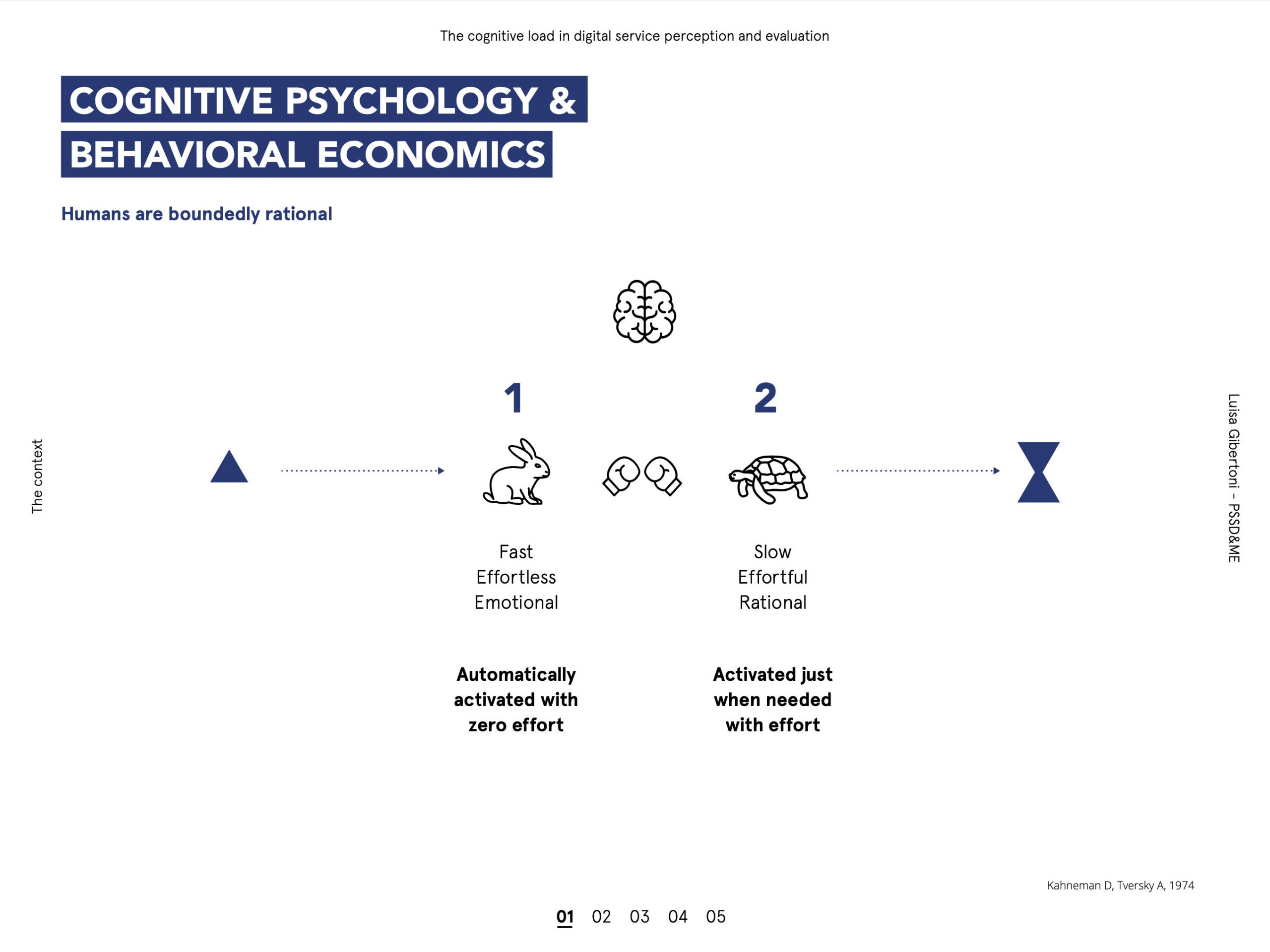
APPROACH AND METHODOLOGY
An experiment which involved a service usability manipulation and a user test has been conducted with the aim of measuring how cognitive workload effects on user preferences. The three app prototypes developed held the same functionalities while providing a different user experience in terms of effort exerted by the user mind. This is the path followed:
1. Use case analysis
2. UX interviews
3. Prototyping Workshop with UXs
4. Design of the three app versions
5. User test
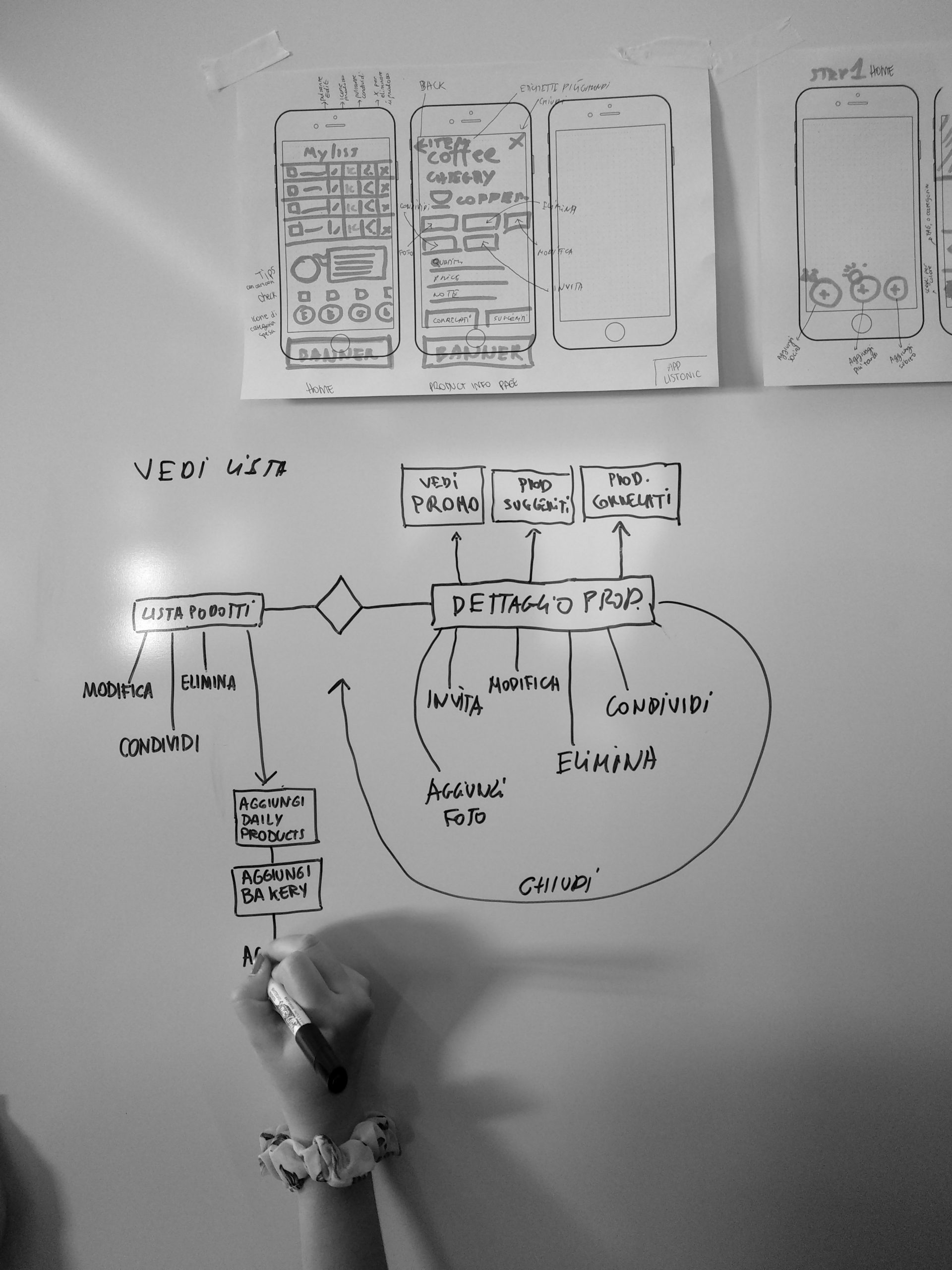
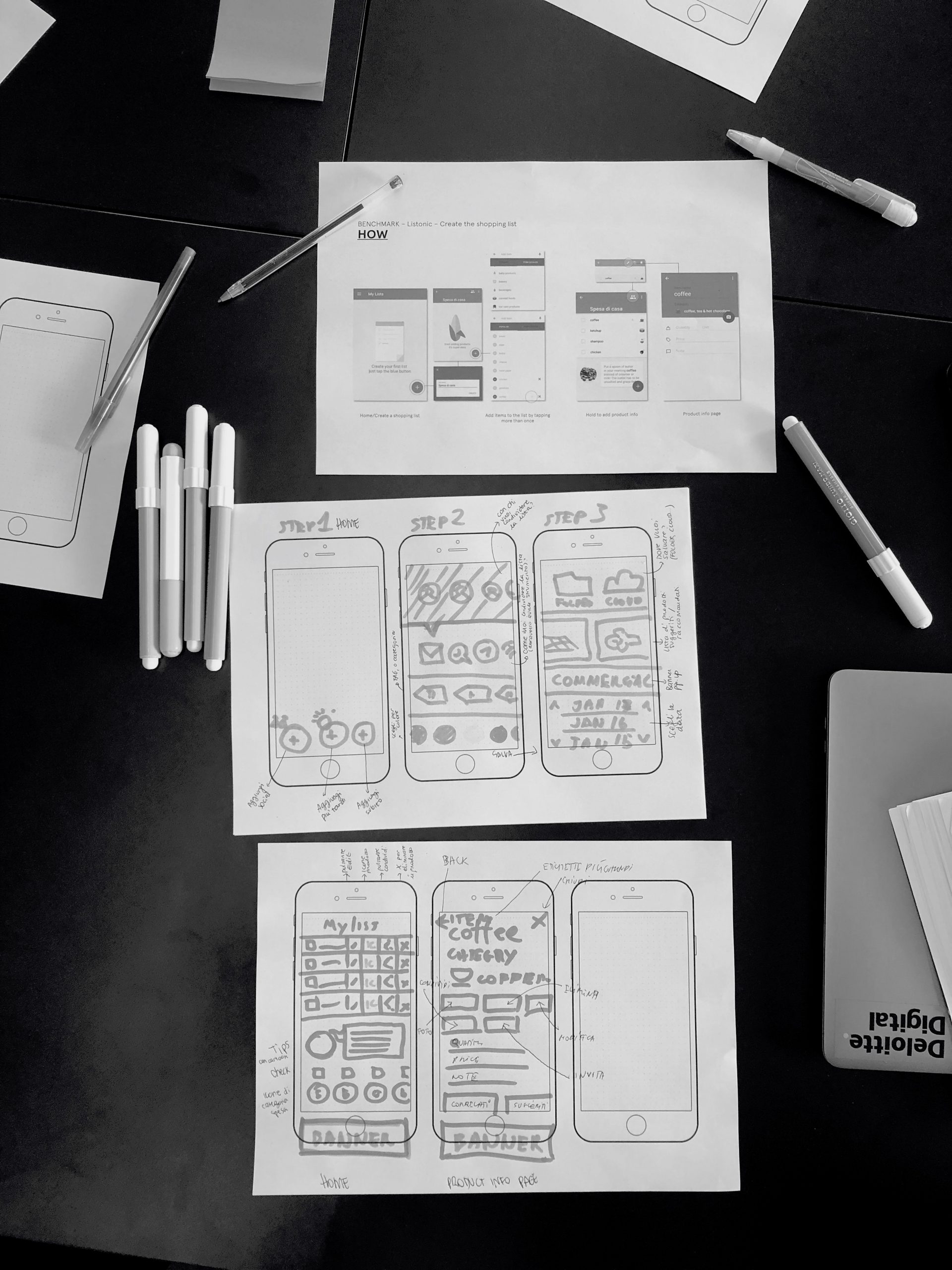

The App
PRESENTING LISTREE
LisTree allows users to create their shopping list, insert products, share them with friends and use it as a digital list while having shopping. The app allows users to insert information about items, create share the lists with friends and exchange messages. Some of the screens below:

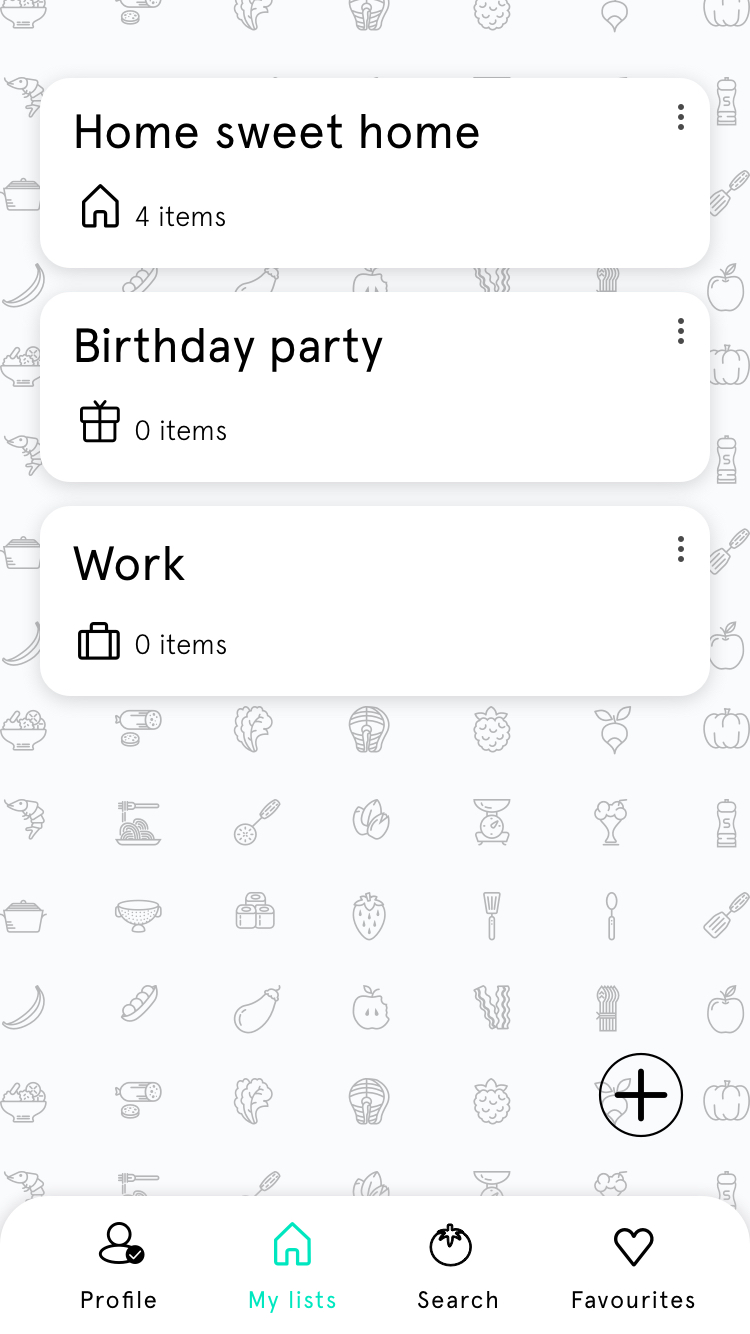
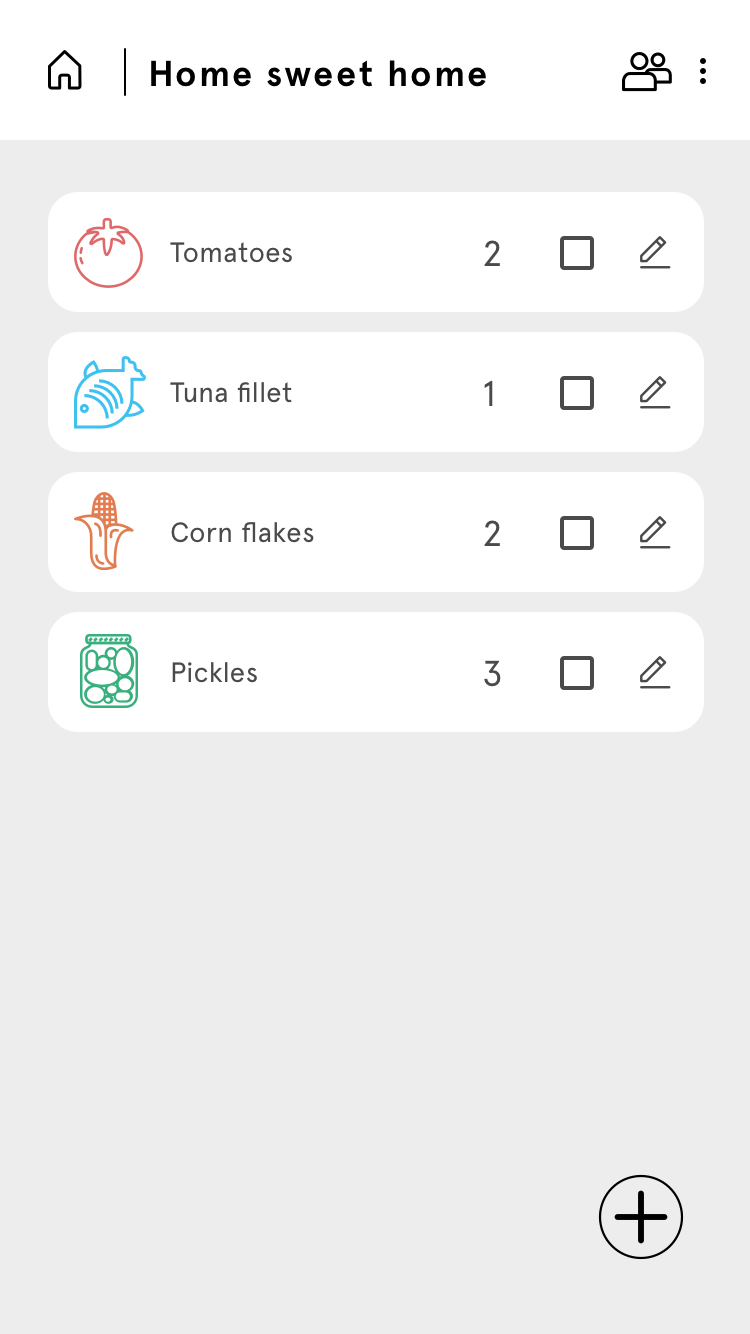

The app manipulations
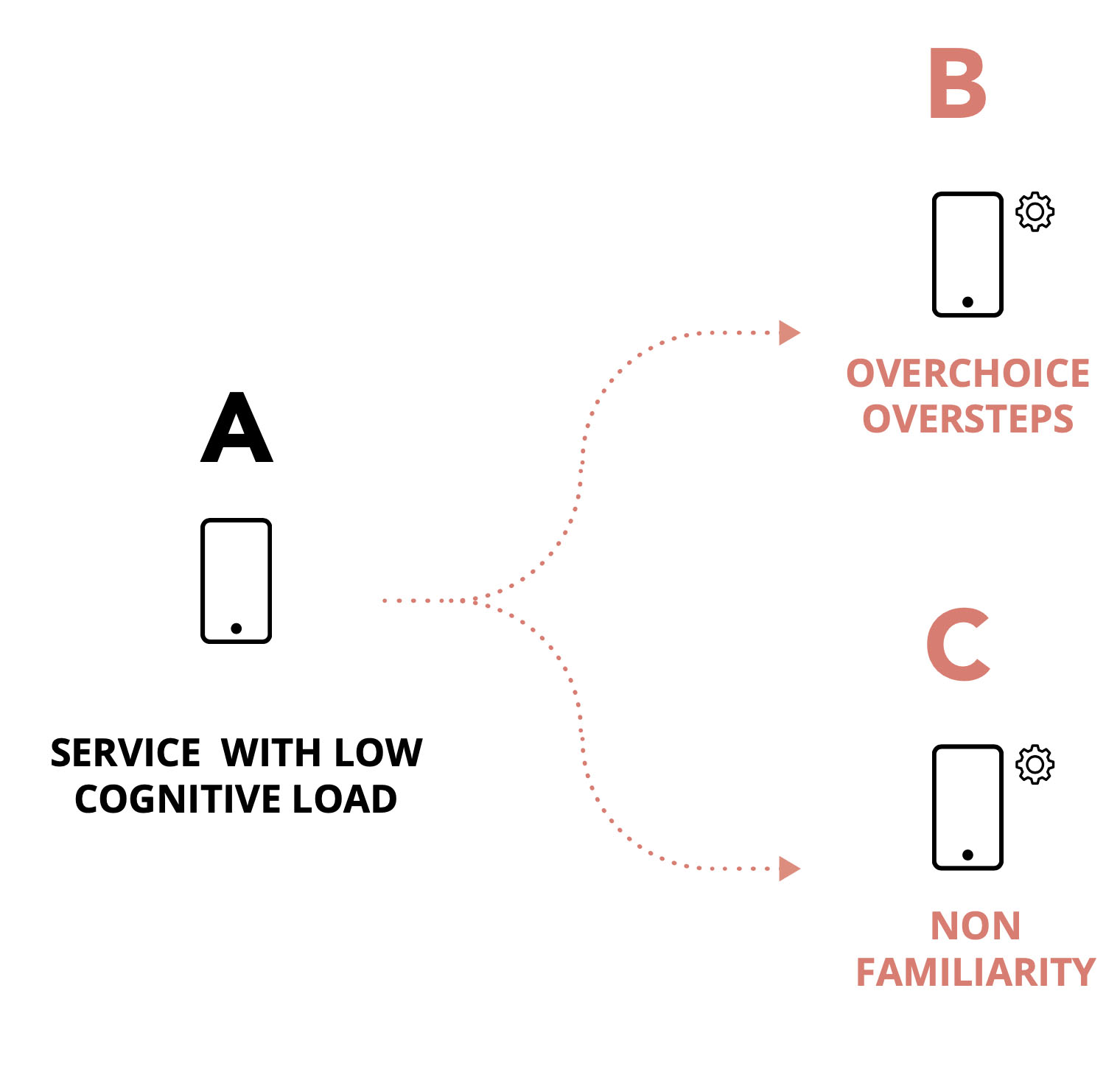
LISTREE B - OVERCHOICE
• More steps to achieve the goal
• More choice to be taken
• More variants for the same option
• More options for the same functionality
LISTREE C - NON FAMILIARITY
• Not-routinised order of action
• Unconventional app response
• Visual incongruence
• Mirrored gestures
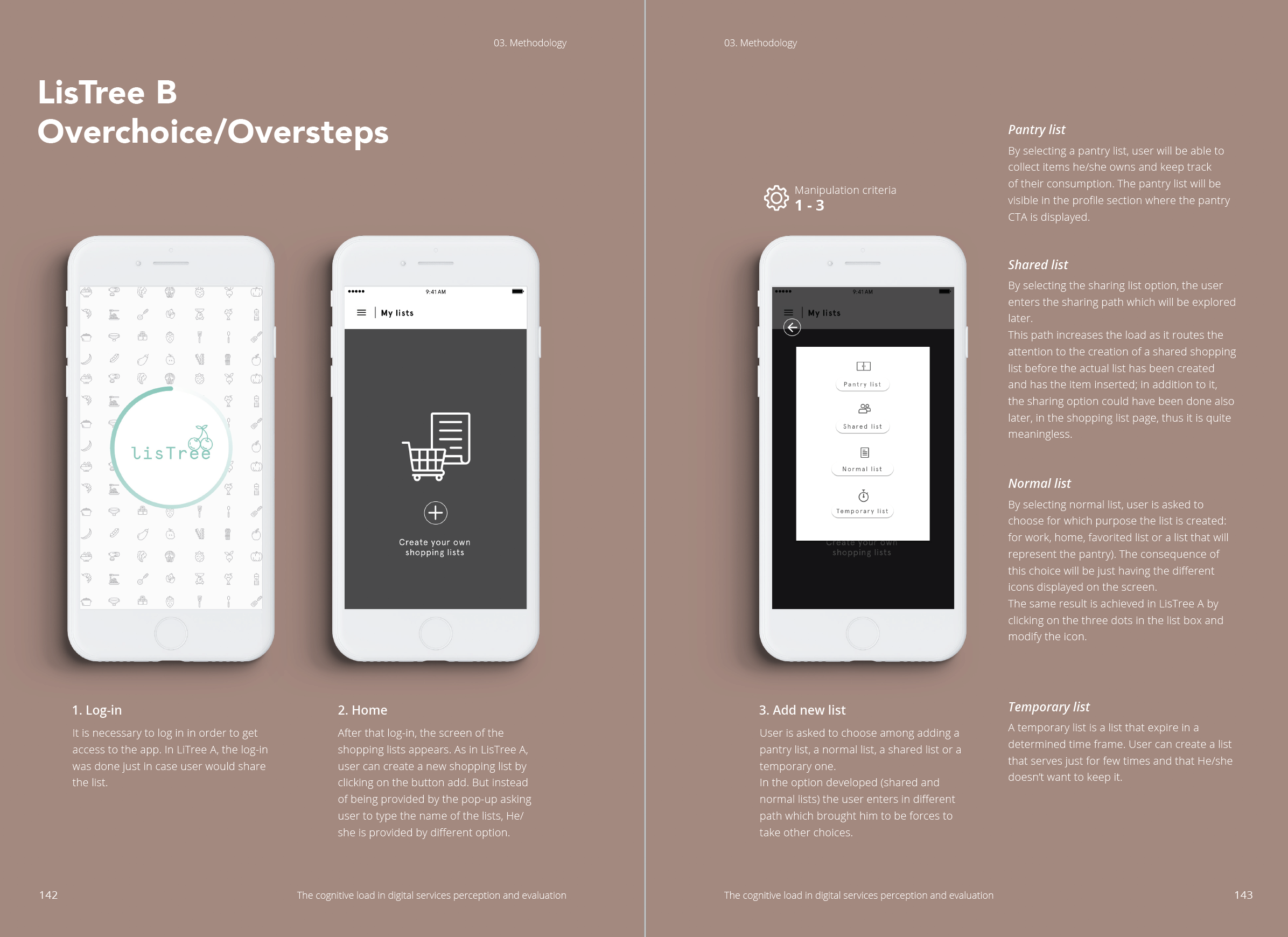
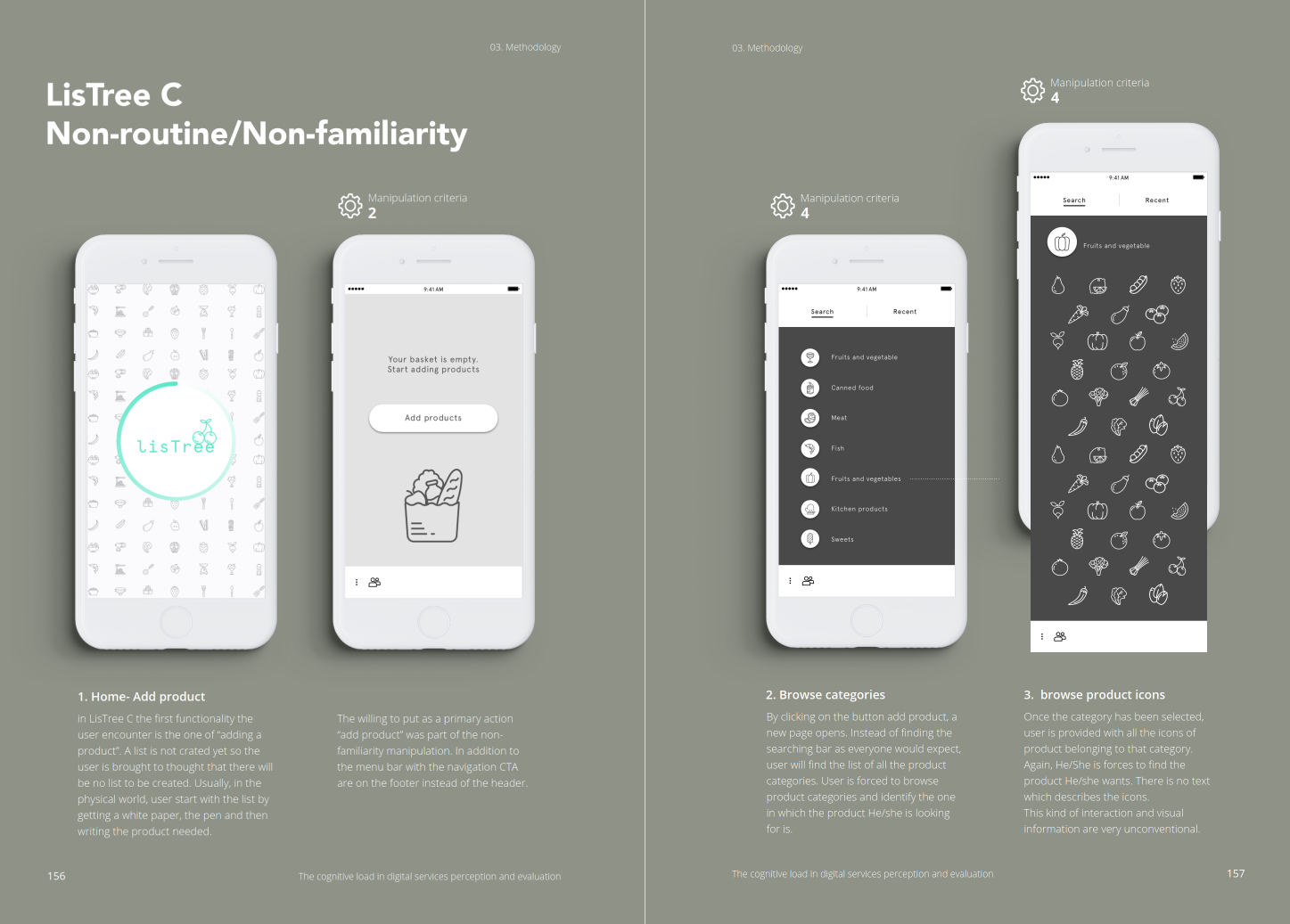
Usability test - moderated
Submitted to a sample of 172 students, the incentive to use each of the versions was measured. The results gathered suggest that cognitive load does impact service perception and evaluation, BUT not always the fastest way to reach the goal was the one preferred. In fact, many elements meant to increase user effort and unfamiliarity, were actually found interesting and perceived as valuable.
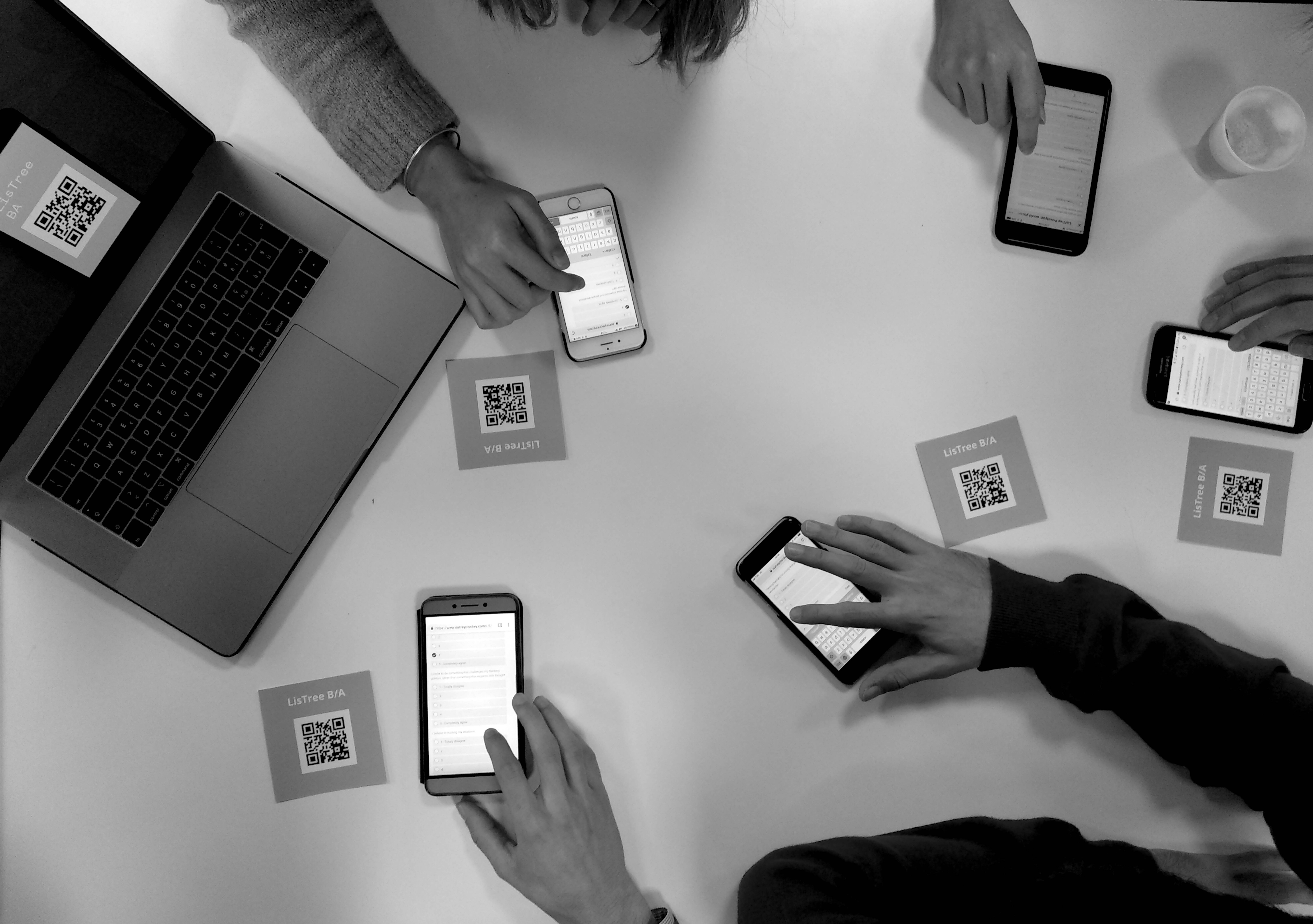
Design guidelines
The qualitative analysis of the results brought to the conclusion that Ability is not just one of the two elements that contribute to increasing the incentive toward a behaviour. It can actually decrease or increase the motivation in using a service. Therefore, the element of the ability (scarce resources) has to be considered in the early stage of the design process. A theoretical contribution, a set of design guidelines and a UX toolkit which aims at supporting designers in considering scarce resources in the preliminary phase of the design process has been created as an output

Want to chat?
 Drop a line!
Drop a line!